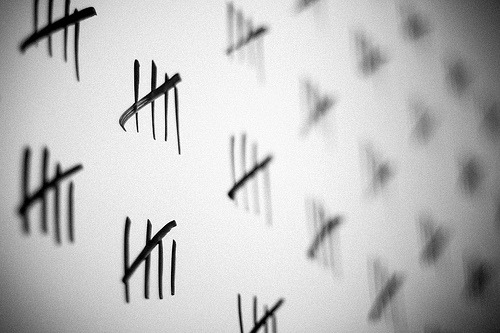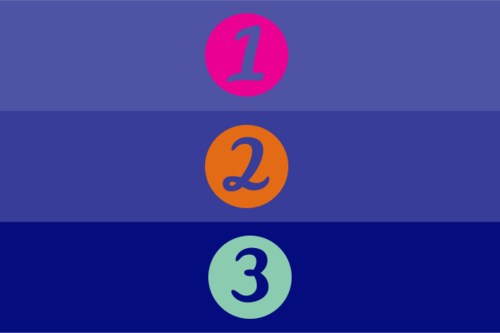
In 1960, two men made a bet. There was only $50 on the line, but millions of people would feel the impact of this little wager.
The first man, Bennett Cerf, was the founder of the publishing firm, Random House. The second man was named Theo Geisel, but you probably know him as Dr. Seuss. Cerf challenged Dr. Seuss that he wouldn’t be able to write an entertaining children’s book using only 50 different words.
Dr. Seuss took the bet and won. The result was a little book called Green Eggs and Ham. Since its publication, Green Eggs and Ham has sold more than 200 million copies, making it the most popular of Seuss’s works and one of the best-selling children’s books in history.
At first glance, you might think this was a lucky fluke. A talented author plays a fun game with 50 words and ends up producing a hit. But there is actually more to this story — and the lessons in it can help you become more creative and stick to better habits over the long run.




 Happy Friday – Double Awesomeness Edition! Catch up with the best of what we’ve shared on the interwebs these past 2 weeks:
Happy Friday – Double Awesomeness Edition! Catch up with the best of what we’ve shared on the interwebs these past 2 weeks:  Dundee’s Tip of the Week: Keep track of specific kinds of dones by using #hashtags!
Dundee’s Tip of the Week: Keep track of specific kinds of dones by using #hashtags!